Outdoor Concrete Leveling Timing Guide
Outdoor concrete leveling involves correcting uneven or sunken concrete surfaces to restore safety and aesthetics. The process typically includes raising and leveling slabs to prevent trip hazards and improve property value. Timing plays a crucial role in ensuring optimal results and longevity of the repair.
Spring offers moderate temperatures and increased moisture, which can aid in curing and adhesion of leveling compounds.
Early summer provides warm weather conducive to quick curing, but extreme heat can cause rapid drying, affecting bond strength.
Fall's cooler temperatures and lower humidity can extend curing times, resulting in a more durable finish.
Cold temperatures and freezing conditions hinder proper curing and can damage freshly leveled concrete.

Outdoor concrete leveling in spring benefits from moderate temperatures and increased moisture.
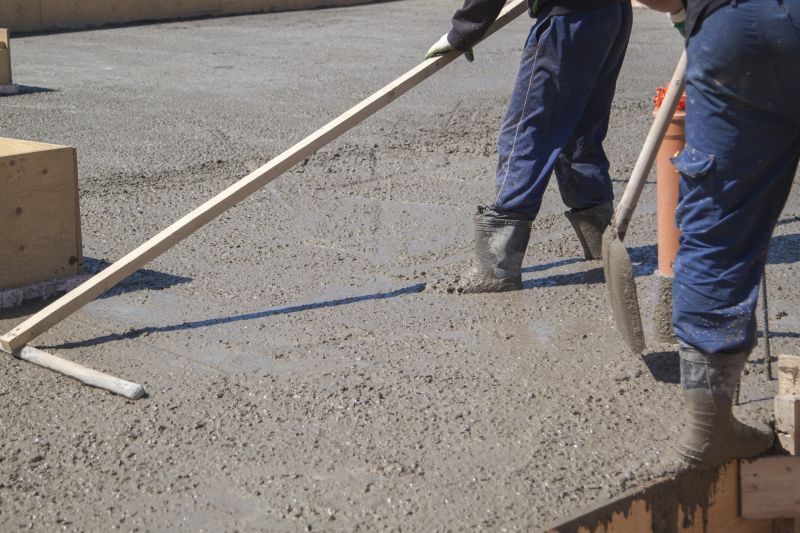
Summer offers warm weather, ideal for quick curing, but requires attention to heat effects.
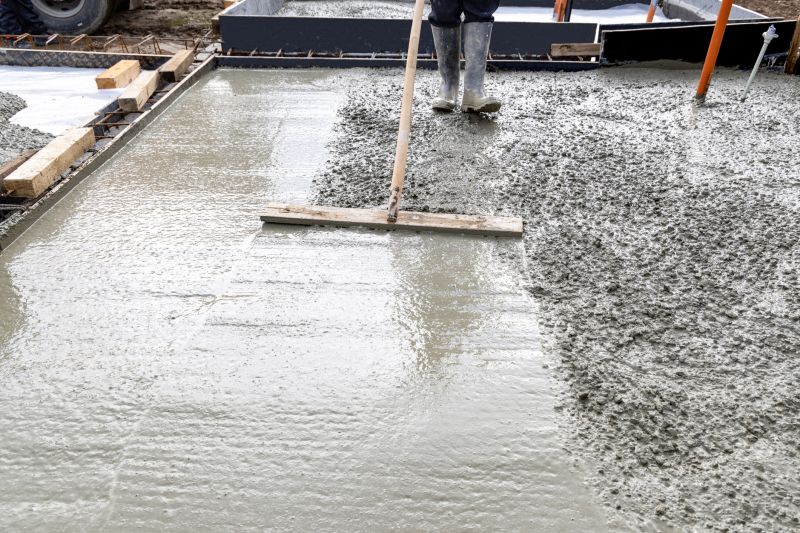
Fall's cooler conditions promote slower curing, enhancing durability.
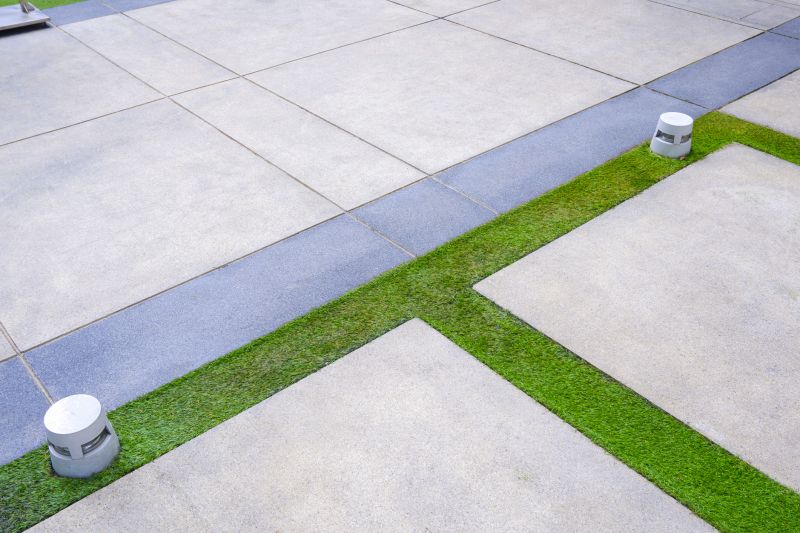
Ways to make Outdoor Concrete Levelings work in tight or awkward layouts.
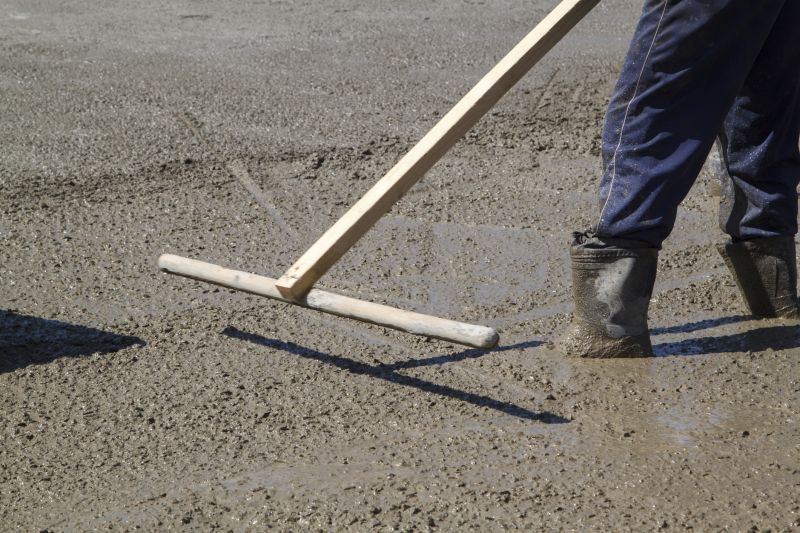
Popular materials for Outdoor Concrete Levelings and why they hold up over time.
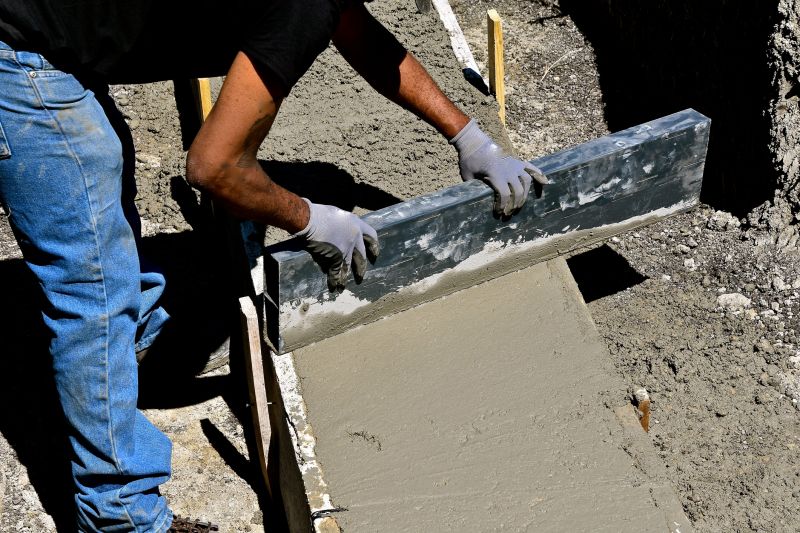
Simple add-ons that improve Outdoor Concrete Levelings without blowing the budget.
Outdoor concrete levelings are a practical solution for uneven surfaces caused by soil movement, freeze-thaw cycles, or settling. Proper timing ensures that the materials used can cure effectively, providing a long-lasting, stable surface. The best time depends on local climate conditions, with milder seasons generally offering optimal results.

Spring's moderate weather supports effective leveling and curing processes.
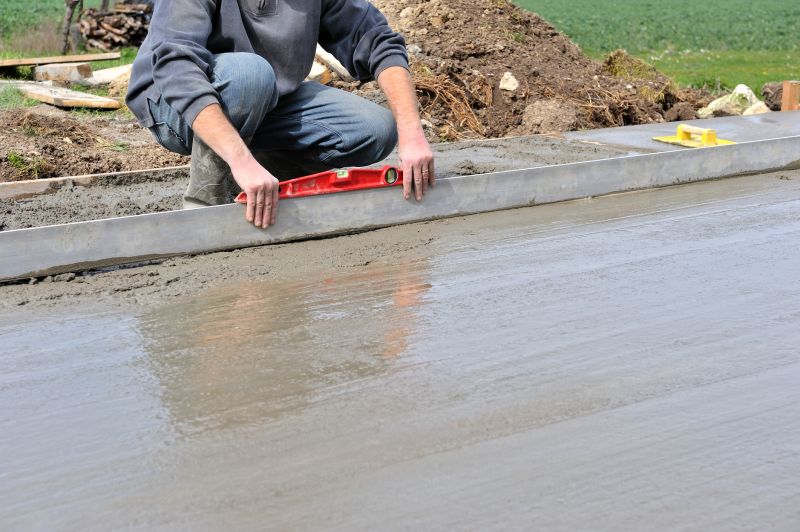
Warm summer days facilitate quick setting times for leveling compounds.
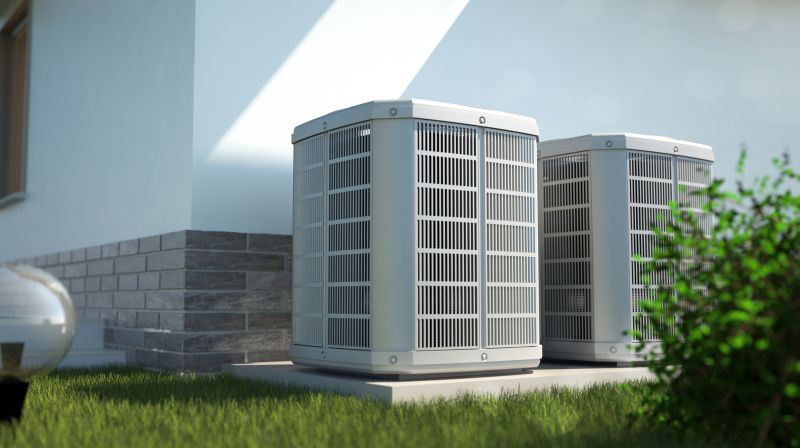
Cooler fall temperatures help achieve a durable finish with slower curing.
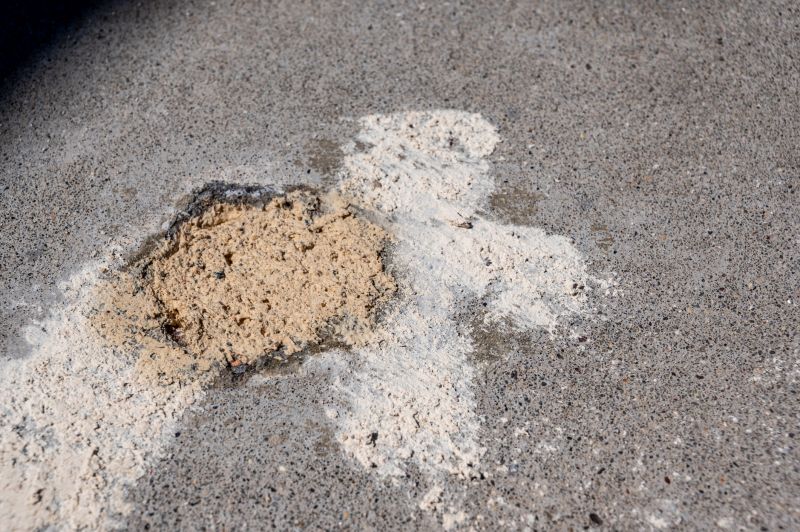
Cold and freezing conditions can compromise the integrity of newly leveled concrete.
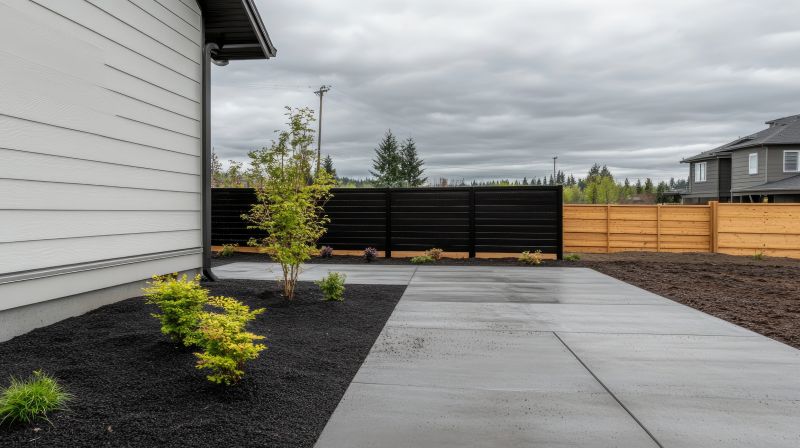
High-end options that actually feel worth it for Outdoor Concrete Levelings.
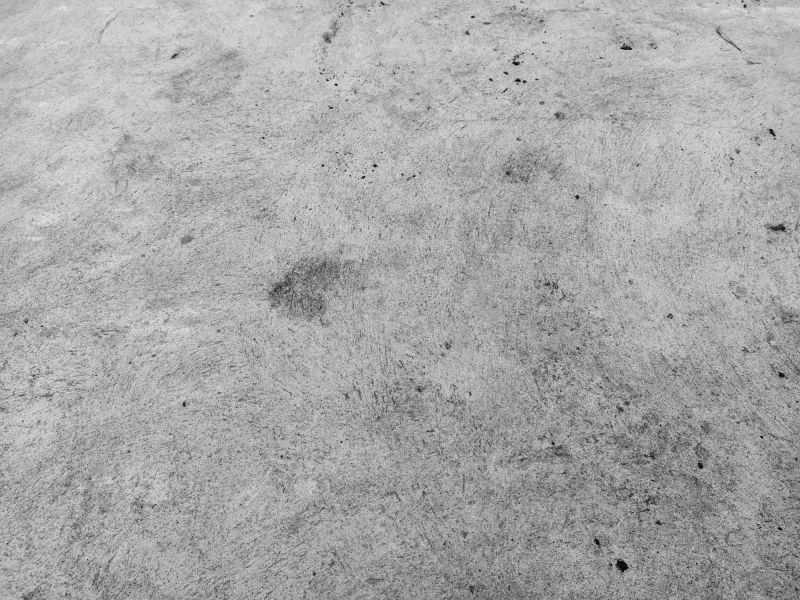
Finishes and colors that play nicely with Outdoor Concrete Levelings.
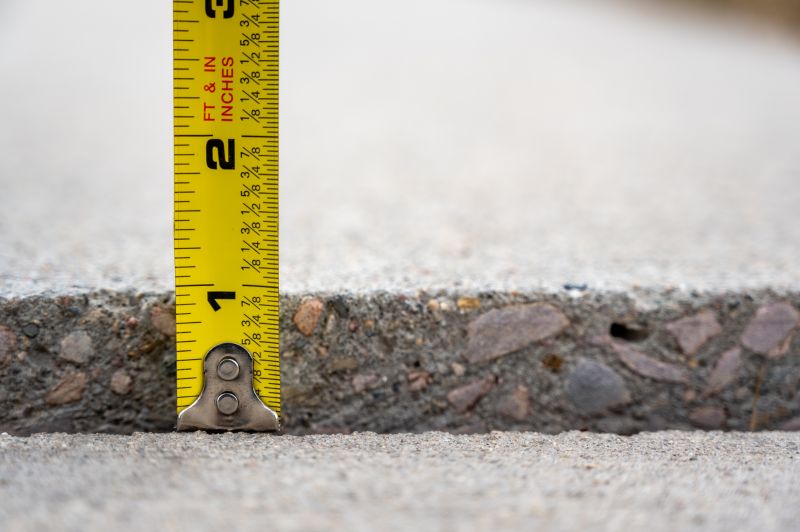
Little measurements that prevent headaches on Outdoor Concrete Levelings day.
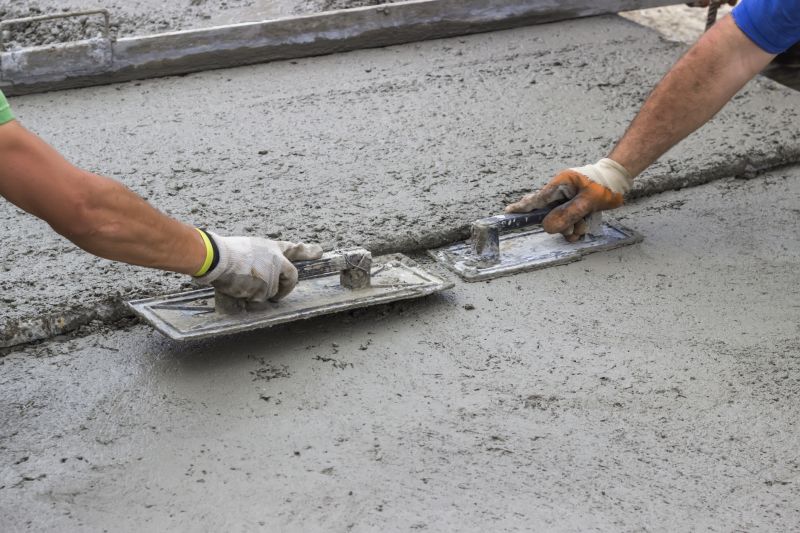
A 60-second routine that keeps Outdoor Concrete Levelings looking new.
| Season | Ideal Conditions |
|---|---|
| Spring | Moderate temperatures, increased moisture, ideal for curing |
| Summer | Warm weather, quick curing, watch for heat effects |
| Fall | Cooler temperatures, slower curing, durable results |
| Winter | Cold temperatures, freezing conditions, unsuitable |
Timing outdoor concrete levelings to coincide with favorable weather conditions can significantly impact the durability and appearance of the repair. Proper planning ensures that the materials used can cure fully, preventing issues like cracking or shifting. Consulting local climate patterns can help determine the best window for scheduling projects.
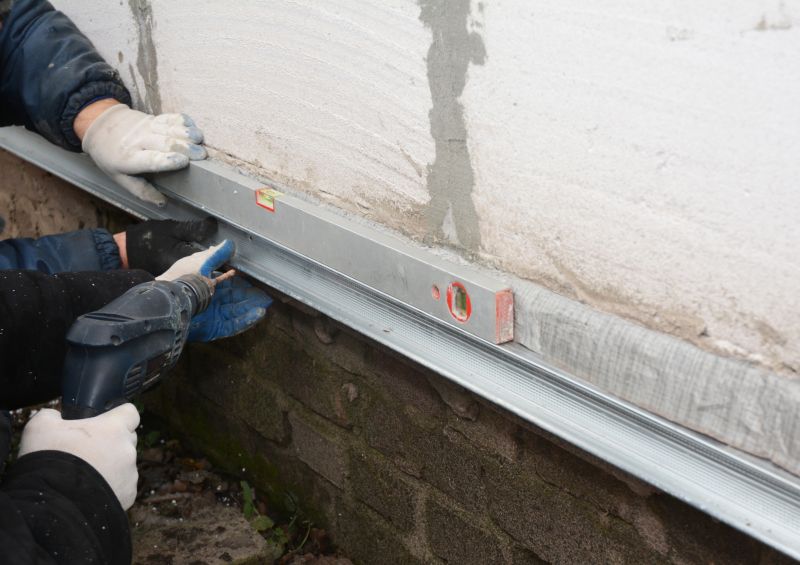
Spring's conditions promote effective curing and long-lasting results.
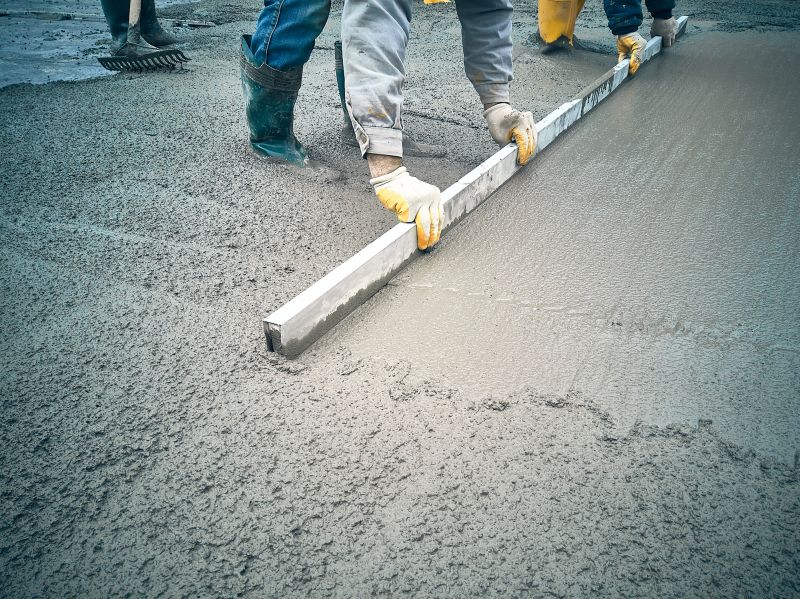
Warm days support rapid setting but require monitoring for heat effects.
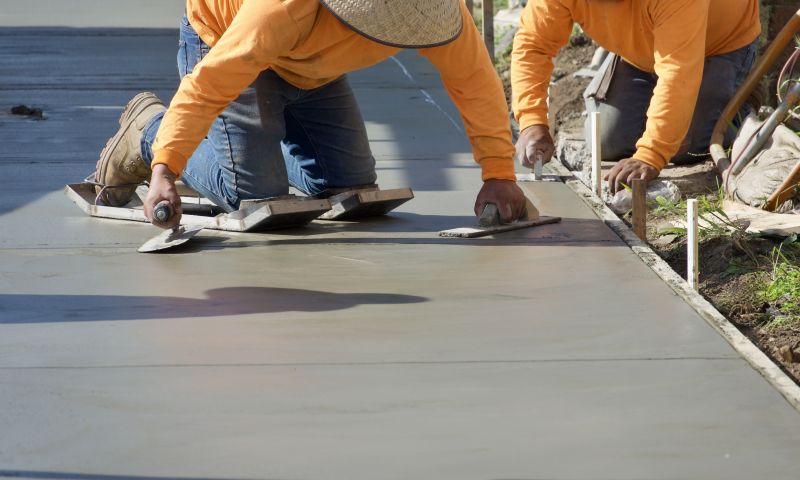
Cooler weather extends curing times, enhancing durability.
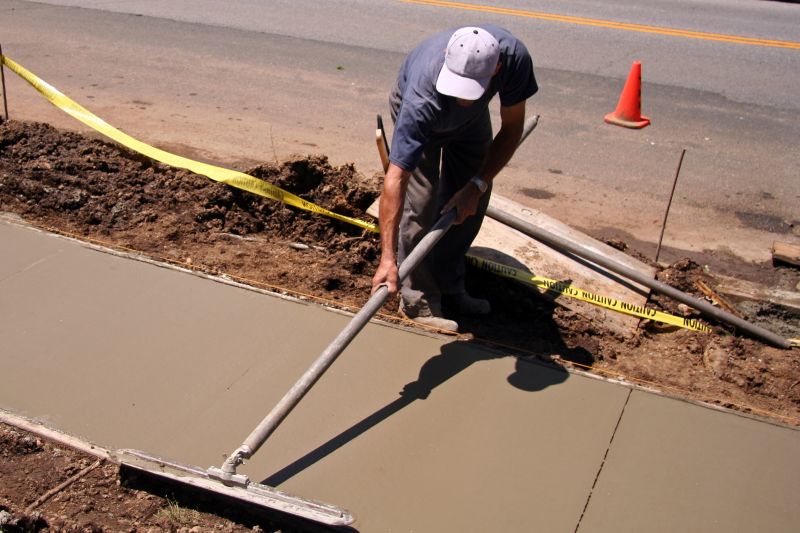
A frequent mistake in Outdoor Concrete Levelings and how to dodge it.
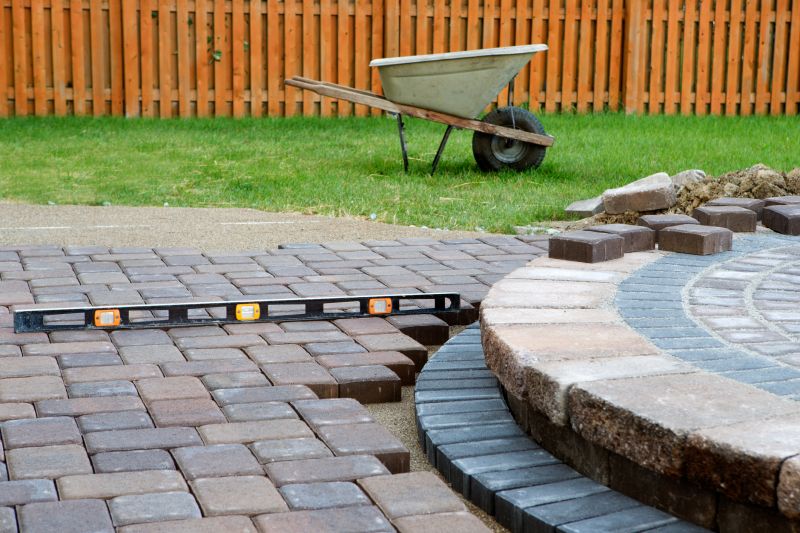
Small tweaks to make Outdoor Concrete Levelings safer and easier to use.
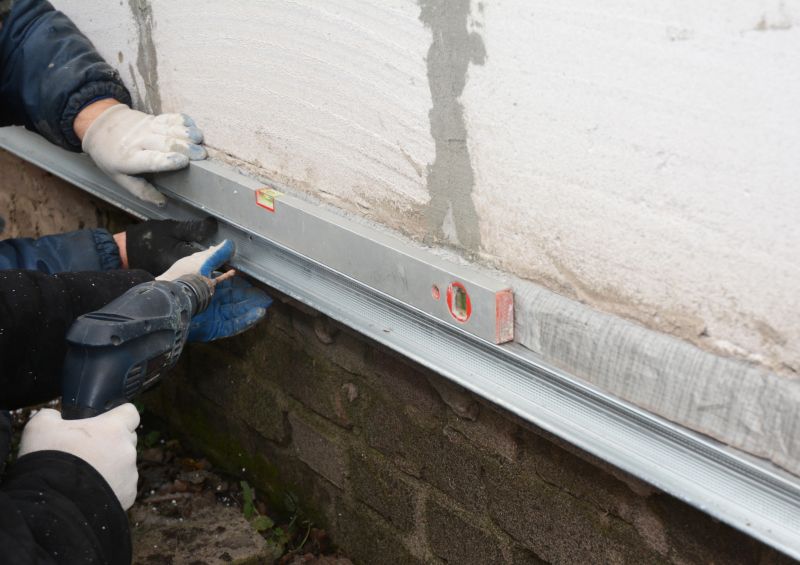
Lower-waste or water-saving choices for Outdoor Concrete Levelings.
Interested in outdoor concrete leveling services? Filling out the contact form can provide more information and help schedule repairs during the optimal season for best results.
